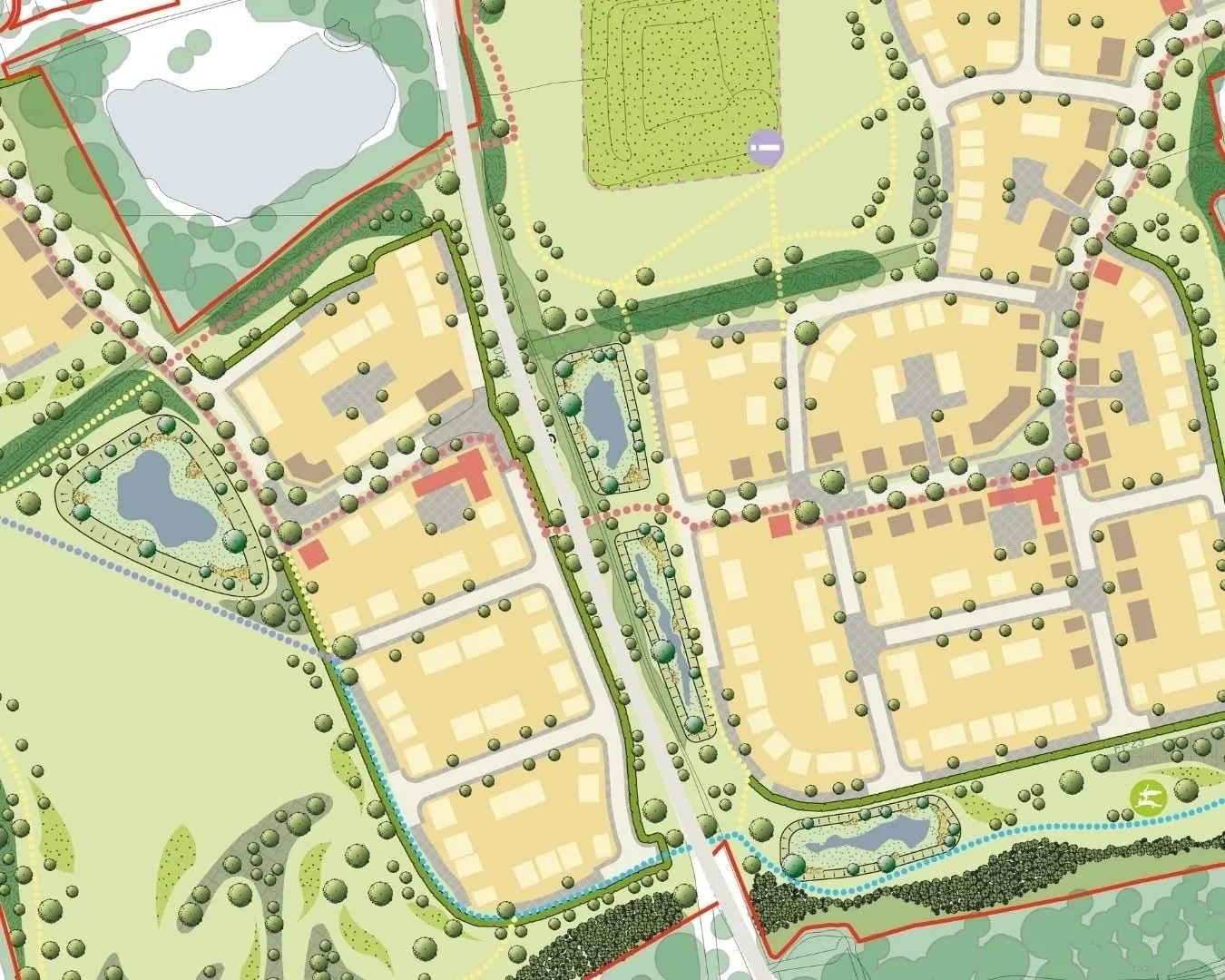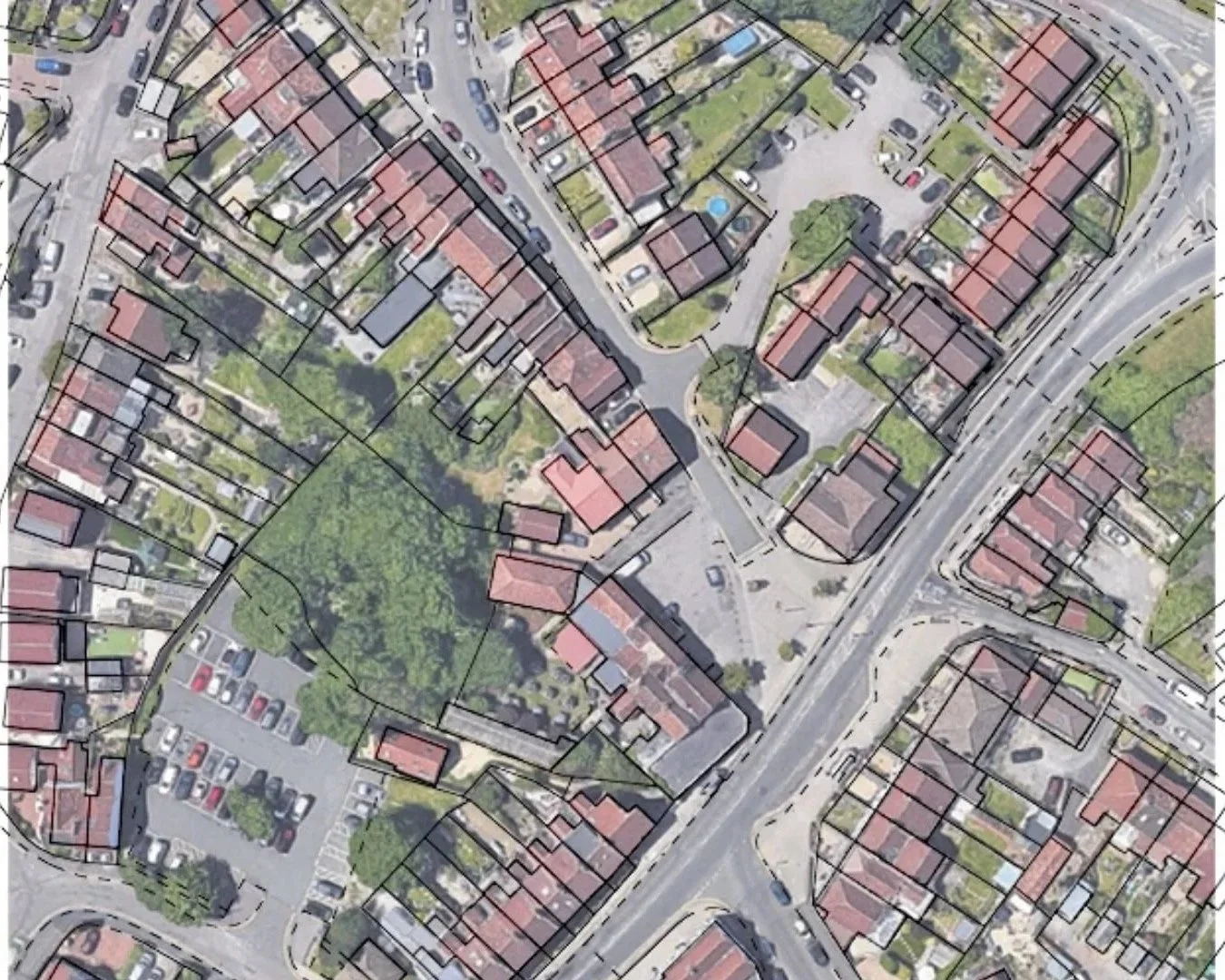Designing with Place in Mind: How We Incorporate Local Character into Our Work
At Urban Design Box, we believe in working with the grain of places, their history, heritage, and built fabric, rather than over them. Architecture and urban form are never blank slates; they carry stories, identities, and meanings that we seek to uncover and amplify. Whether we’re shaping a masterplan or designing a play area, we aim to reflect and respect the character that’s already there.
Why Local Character Matters
Every place has a story. Sometimes it’s written in the bricks of a terrace row, sometimes in the curve of an old laneway or the sound of a local market. It’s in accents, histories, rituals, and even the way people use space. When development overlooks this character, it risks flattening identity, creating places that could be anywhere, and often end up feeling like nowhere.
In contrast, when we embrace local character, we create something grounded, distinct, and more likely to be loved and cared for. These are the kinds of places that people return to, not just because they function well, but because they feel right.
Our Approach: Learning Before Designing
Incorporating local character doesn’t start at the drawing board. It starts on the ground.
We begin with contextual research, not just in books or databases, but out in the community. We walk the site, visit at different times of day, and try to get under the skin of a place. What are the rhythms and rituals? What makes people proud? What’s changing, and what’s at risk of being lost?
Translating Character into Design
Local character isn’t just aesthetic, it’s about structure, use, and feel. In our work, we reflect this in a few key ways:
Urban Grain and Morphology: We look closely at historic patterns—street layouts, block sizes, plot rhythms—and find ways to echo or reinterpret them. This helps new development feel like a natural continuation, not an abrupt insertion.
Material and Detail: Where possible, we use locally familiar materials, colours, and details, not to mimic, but to resonate. A well-placed brick detail or timber screen can evoke a whole local tradition.
Typologies that Fit: We think hard about how building forms and uses reflect local needs. In one project, this meant incorporating courtyard housing based on historic workers’ cottages. In another, it meant designing flexible ground-floor spaces for homegrown businesses.
A Few Lessons Along the Way
One thing we’ve learned: local character isn’t static. It evolves, and it can include contradiction and tension. Our role is not to freeze a place in time, but to design in a way that allows identity to grow organically.
We also believe that authenticity can’t be rushed. Incorporating local character takes time, trust, and curiosity. That’s sometimes at odds with fast-moving project timelines, but we try to protect this space, because we know the results are worth it.
Closing Thoughts
Designing with local character isn’t just a “nice to have.” It’s core to building places that are sustainable, inclusive, and meaningful. At Urban Design Box, we’re committed to this way of working.
Our scale lets us go deeper. We’re not here to replicate, we’re here to reveal. To help each place tell its story through design, and to make sure that story continues for generations to come.



